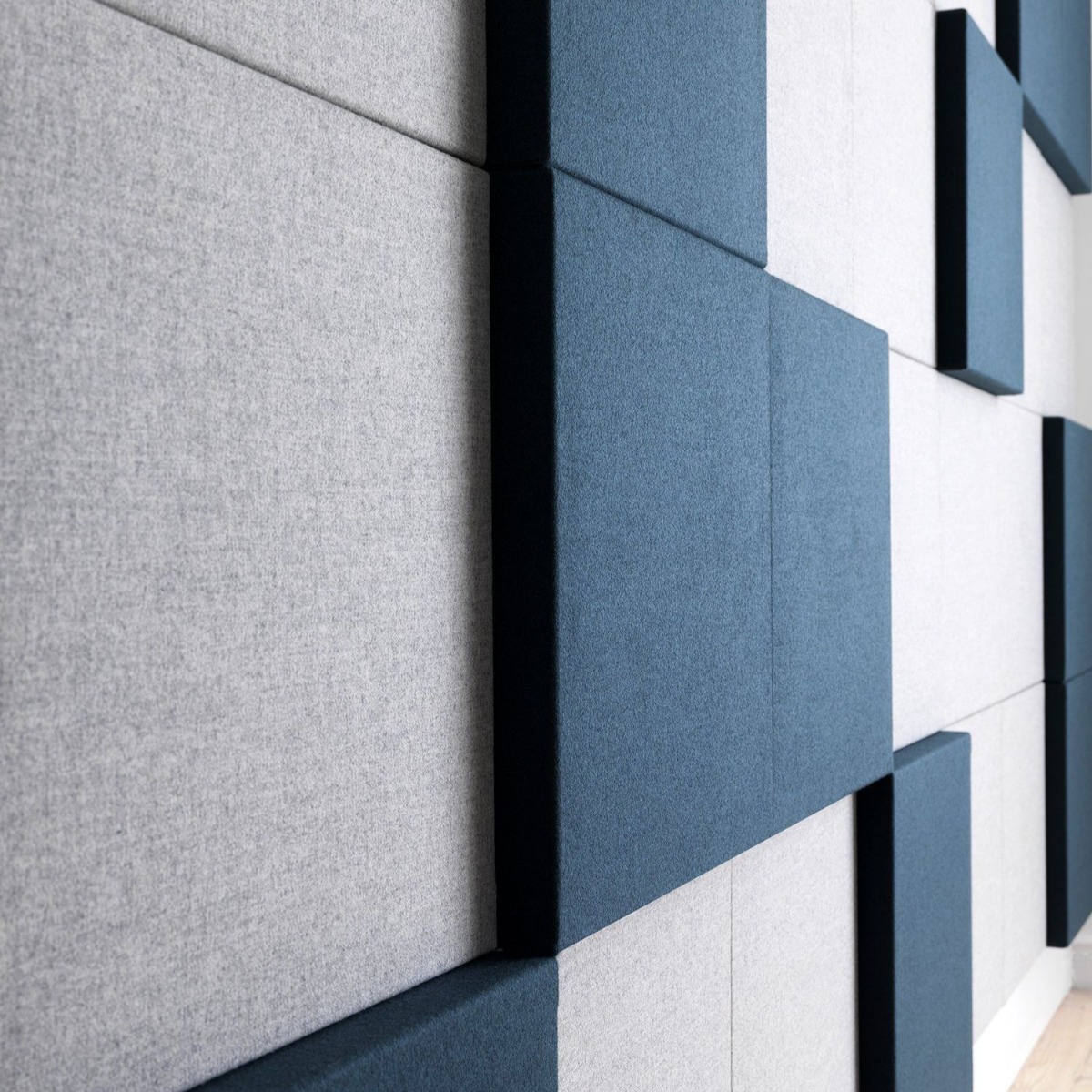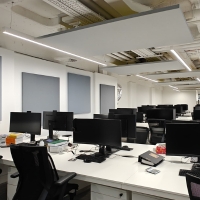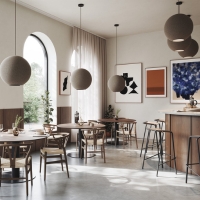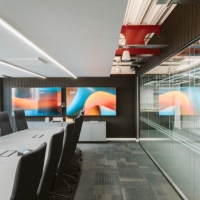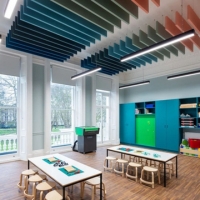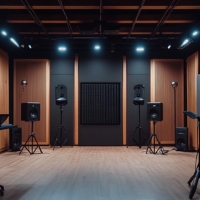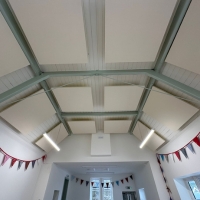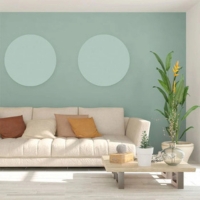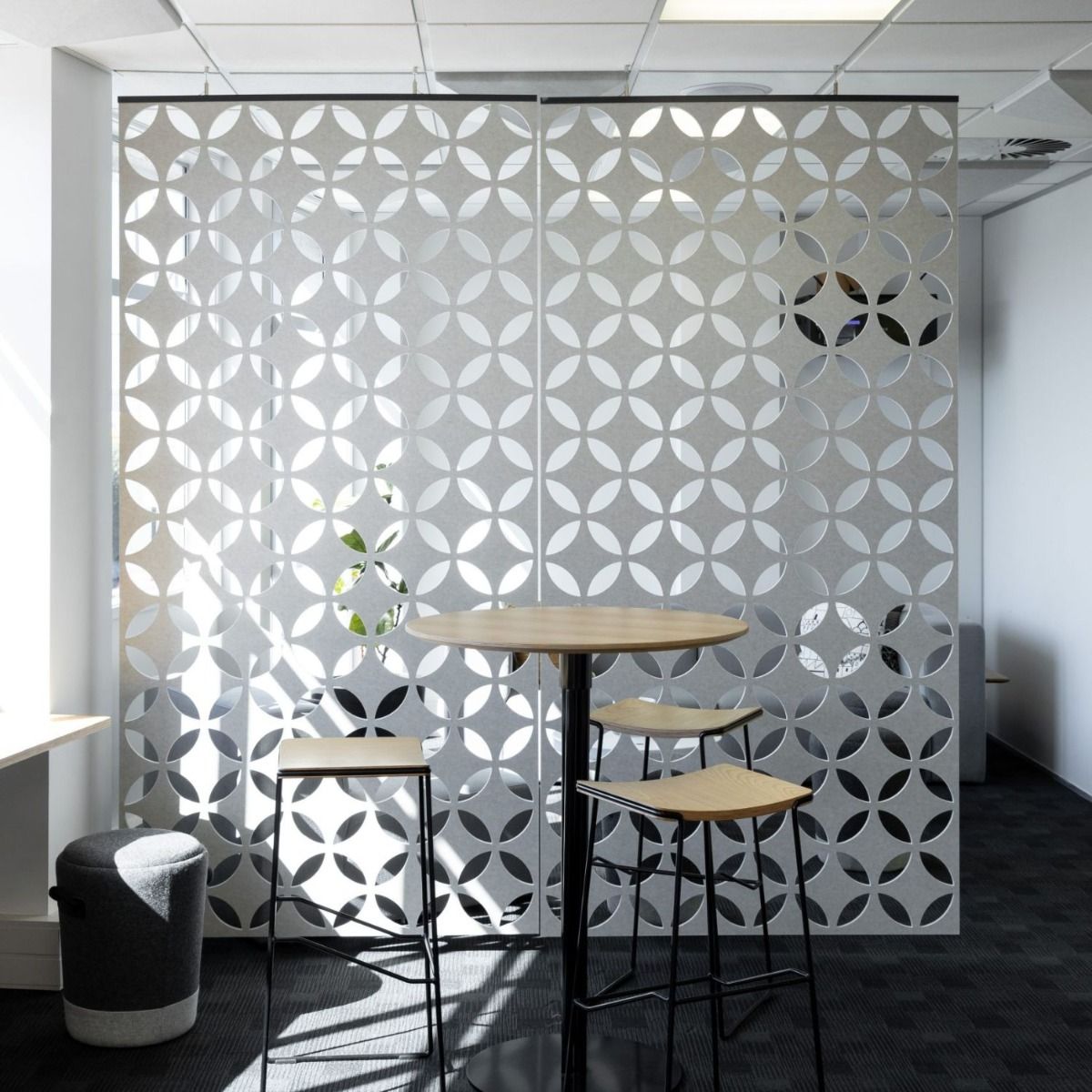
Only sustainable products
Configurable products
Installation available
Free acoustic advice
Top 10 Questions About Acoustic Panels Answered
Acoustic panels improve sound quality in various spaces. Whether you're setting up a home studio, office, or trying to reduce noise in your living room, understanding acoustic panels is important. Here are the most frequently asked questions about these sound-absorbing tools.
Key Answers!
- Acoustic panels absorb sound to improve room acoustics
- They reduce echo and background noise in homes and offices
- Panels can be made from materials like foam, fabric, or recycled felt
- Typical coverage is 20-30% of wall or ceiling area for best results
- Acoustic panels can be both functional and stylish in UK homes
- Proper placement is crucial for optimal performance
- Panels can be customized to match interior design preferences
- Installation methods vary from DIY to professional services
- Investing in quality panels can significantly improves comfort in your space
1. What Are Acoustic Panels and How Do They Work?
Acoustic panels are sound-absorbing solutions that improve the acoustic environment of a space. They capture sound waves and convert them into a small amount of heat, reducing echo and reverberation. These panels use various materials to absorb different sound frequencies, creating a more balanced acoustic atmosphere. Their effectiveness is measured by the Noise Reduction Coefficient (NRC), which shows how much sound they can absorb across various frequencies.
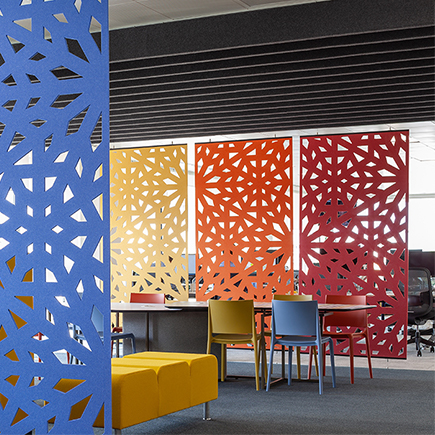
2. What Types of Acoustic Panels Are Available?
There are many types of acoustic panels:
- Wall-mounted panels
- Ceiling panels and baffles
- Freestanding panels
- Fabric-wrapped panels
- Wooden slatted panels
- PET felt panels (often made from recycled plastic)
- Diffuser panels for sound scattering
- Bass traps for low-frequency absorption
Each type has unique properties and can be chosen based on your needs and design preferences. For example, fabric-wrapped panels offer many color options, while wooden slatted panels can provide a natural look.
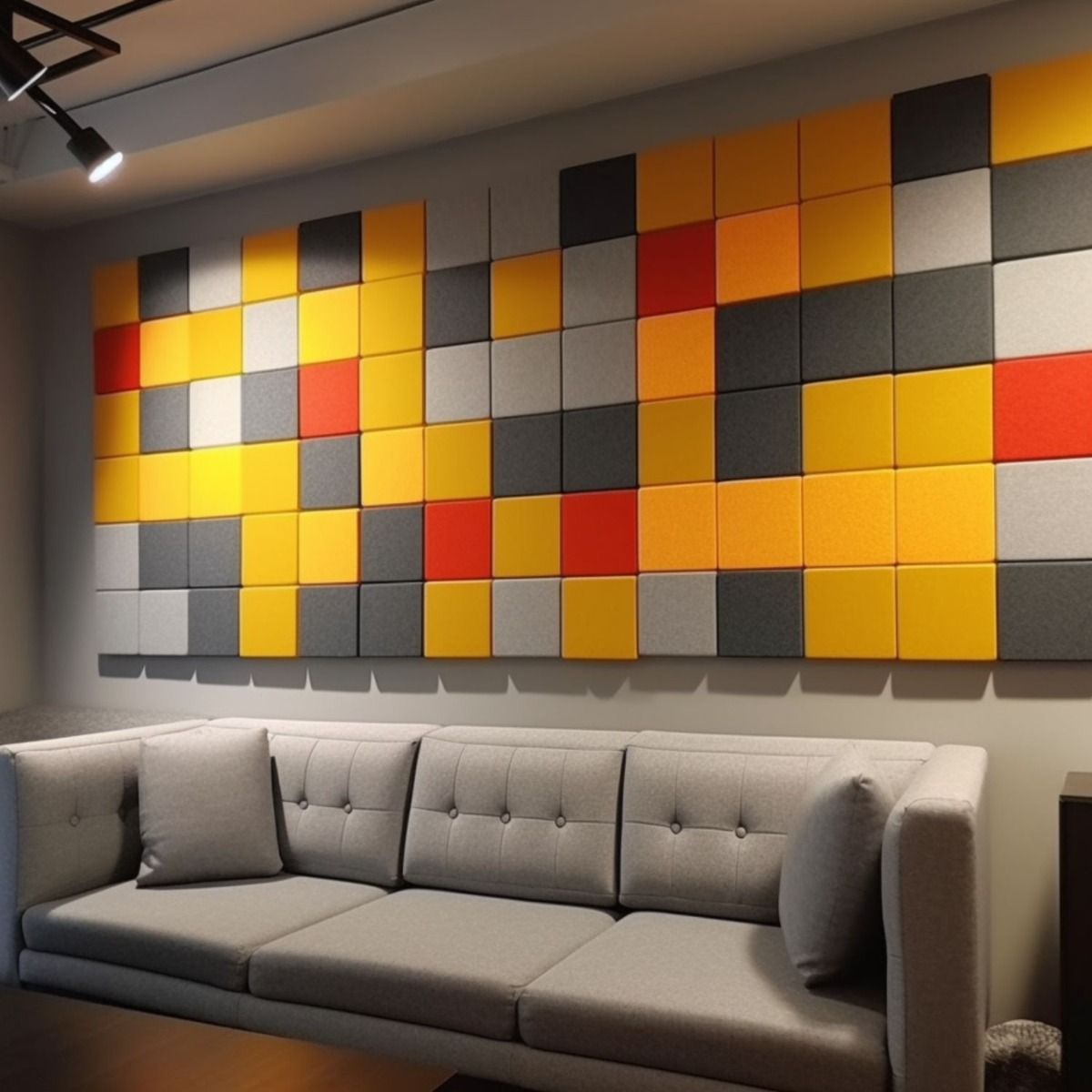
3. Where Should Acoustic Panels Be Placed?
The placement can be important for their effectiveness. Generally, you should:
- Cover 20-30% of your room's surface area
- Focus on first reflection points (where sound first bounces off walls)
- In small rooms, use wall-mounted panels
- For larger spaces, consider ceiling-suspended panels at different heights
- Address corners with bass traps for low-frequency control
- Place panels symmetrically for balanced sound absorption
Acoustic screens can be used for flexible placement in open spaces. These movable panels are useful in offices or multipurpose rooms where acoustic needs may change often.
4. How Many Acoustic Panels Do I Need?
The number of panels needed depends on your room size and acoustic goals. As a general guide:
- Small rooms (up to 150 sq ft): 10-20 panels
- Medium rooms (150-300 sq ft): 20-30 panels
- Large rooms (over 300 sq ft): 30-60 panels
It's often better to start with fewer panels and add more if needed. Room shape, ceiling height, and existing furnishings can also affect the number of panels required. For precise calculations, consider using acoustic modeling software or asking an acoustic professional.
5. What Materials Are Used in Acoustic Panels?
They can be made from various materials, each with its own sound-absorbing properties:
- Foam and fabric
- PET Eco Felt (often made from recycled plastic bottles)
- Wood wool
- Fiberglass
- Cotton fibers
- Natural elements like cork or moss
- Mineral wool
- Polyester fiber
Ceiling baffles often use lightweight materials for easy hanging. The choice of material affects not only the acoustic performance but also the panel's durability, fire resistance, and environmental impact.

6. What Are the Benefits of Using Acoustic Panels?
Quality acoustic products offer many advantages:
- Improved sound clarity and speech understanding
- Reduced background noise and echo
- Better productivity in workspaces
- Improved sound quality for music and home theaters
- More privacy in open-plan offices
- Less stress through noise control
- Improved look of spaces
- Better concentration in learning environments
- More comfort in restaurants and public spaces
- Better audio quality for video calls and recordings
Home offices can benefit greatly from acoustic treatment, especially for those who often have video calls. Good acoustic treatment can make remote work interactions sound more professional.
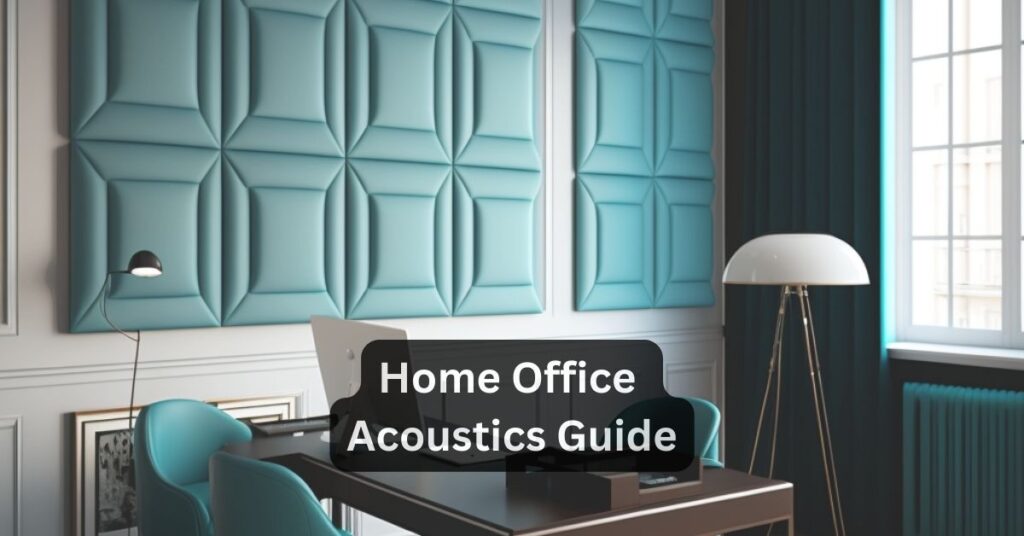
7. How Do I Choose the Right Panels?
Selecting the right acoustic panels involves considering several factors:
- Room size and purpose
- Existing acoustics and problem areas
- Desired level of sound absorption (NRC rating)
- How you want the room to look
- Budget
- Fire safety requirements
- Environmental considerations
- Maintenance and cleaning needs
It's helpful to ask acoustic experts or use online calculators to find the best solution for your space. Some companies offer acoustic simulation services to help you see how different panel setups might work in your specific room.
8. Can Acoustic Panels Be Customized?
Yes, many can be customized to fit your space and style:
- Custom sizes and shapes
- Various colors and patterns
- Printed designs or artwork
- Panels with built-in lighting
- Textured surfaces for added visual interest
- Combination of different materials for unique effects
Podcasters and streamers often use customized products to create a nice-looking background that also improves sound quality. This helps both the sound and the look of their videos or streams.

9. How Do I Install Acoustic Panels?
Installation methods vary depending on the panel type and surface:
- Wall-mounted panels: Often use glue or screws
- Ceiling panels: May need professional installation, especially for hanging panels
- Freestanding panels: Usually come with bases or stands for easy placement
- Fabric-wrapped panels: Can be installed using special clips or track systems
- Wooden slat panels: Might need stronger mounting because they're heavier
Many manufacturers provide installation guides, and some offer professional installation for more complex setups. Consider the weight of the panels and the condition of your walls or ceiling when planning the installation. For rented spaces, think about using removable mounting solutions to avoid permanent changes.
10. How Much Do Acoustic Panels Cost?
The cost of acoustic panels can vary widely based on quality, size, and customization. Here are some examples from Sonio's product range:
- SilentSpace Fabric Wrapped Acoustic Panel: From £99.95
- Ecophon Akusto One SQ Acoustic Wall Panels: From £499.00
- Autex Cube PET Acoustic Panel: £269.00
Investing in quality acoustic panels can greatly improve your space's sound quality and comfort. While cheaper options are available, better-quality panels often work better and last longer. Think about the long-term benefits when making your choice, as good acoustic treatment can make your space more valuable and useful for years to come.
Conclusion
Acoustic panels are versatile and effective for improving sound quality in many environments. From home offices to recording studios, these sound-absorbing tools can transform your space, making it more comfortable and functional. By understanding their types, placement, and benefits, you can make good choices to create the perfect acoustic environment for your needs.
While you can install many panel types yourself, talking to acoustic professionals can help you get the most out of your investment. Whether you want to boost productivity in your workspace or create the perfect listening room, acoustic panels are key to achieving your sound goals.
For more ideas on acoustic design trends, check out these resources:
With the right acoustic panels and proper setup, you can create a space that not only sounds great but looks fantastic too. As acoustic technology improves, we can expect even more innovative solutions that blend well with modern interior design while providing better sound control. Whether you're working on a small home office or a large commercial space, acoustic panels offer a customizable and effective solution to your sound management needs.
[related_products is_auto_added="1"]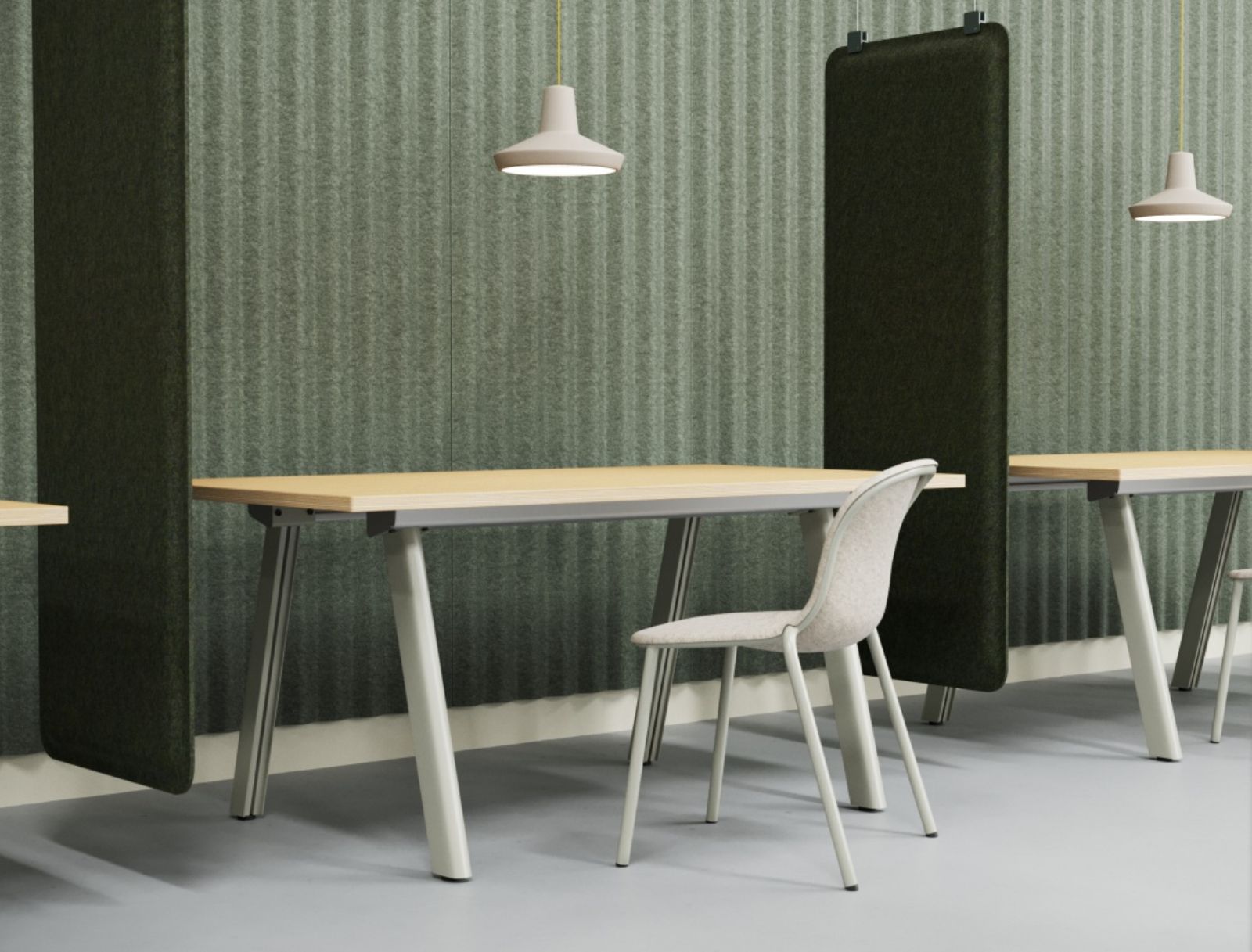 Acoustic Wall Panels
Acoustic Wall Panels 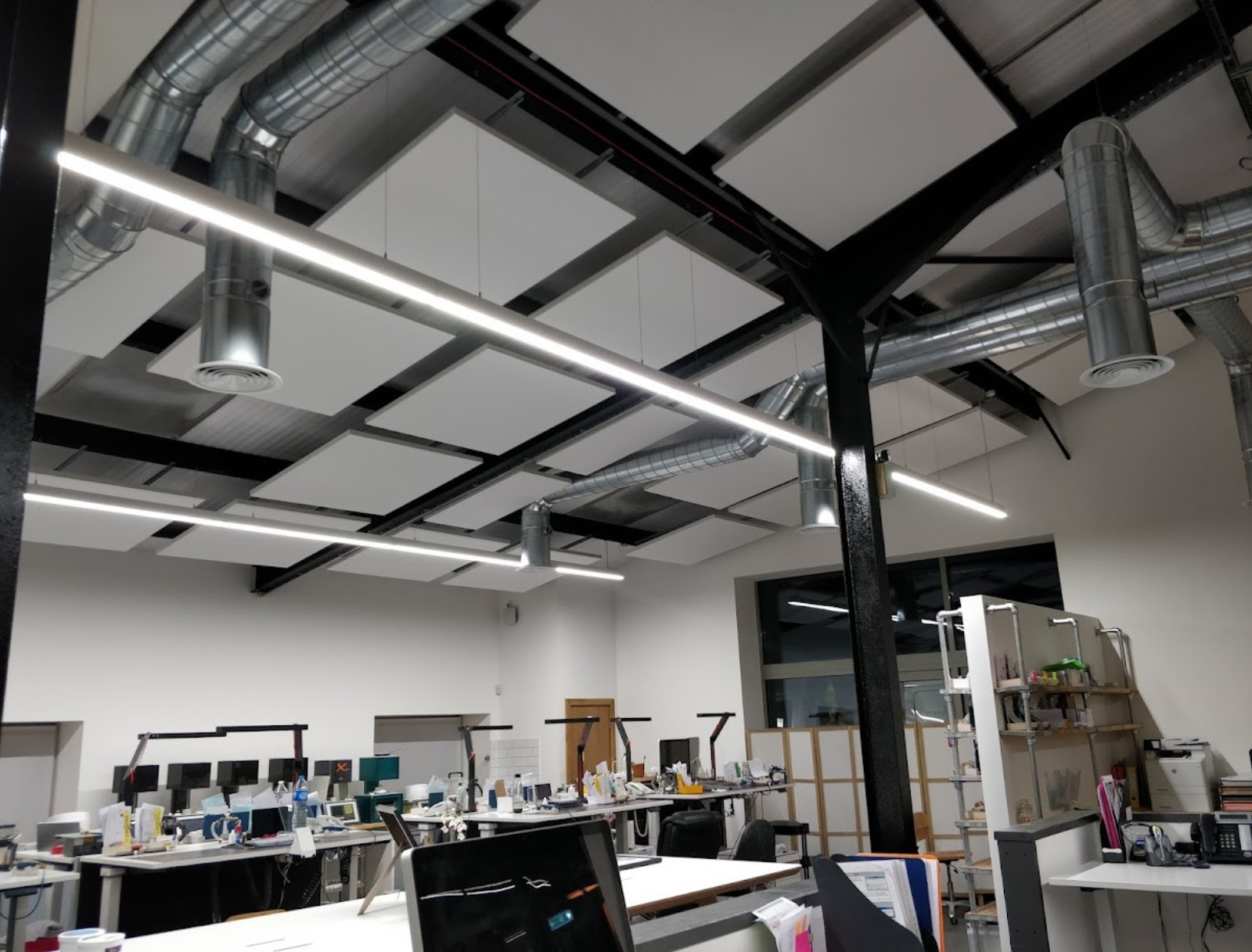 Acoustic Ceiling Panels
Acoustic Ceiling Panels 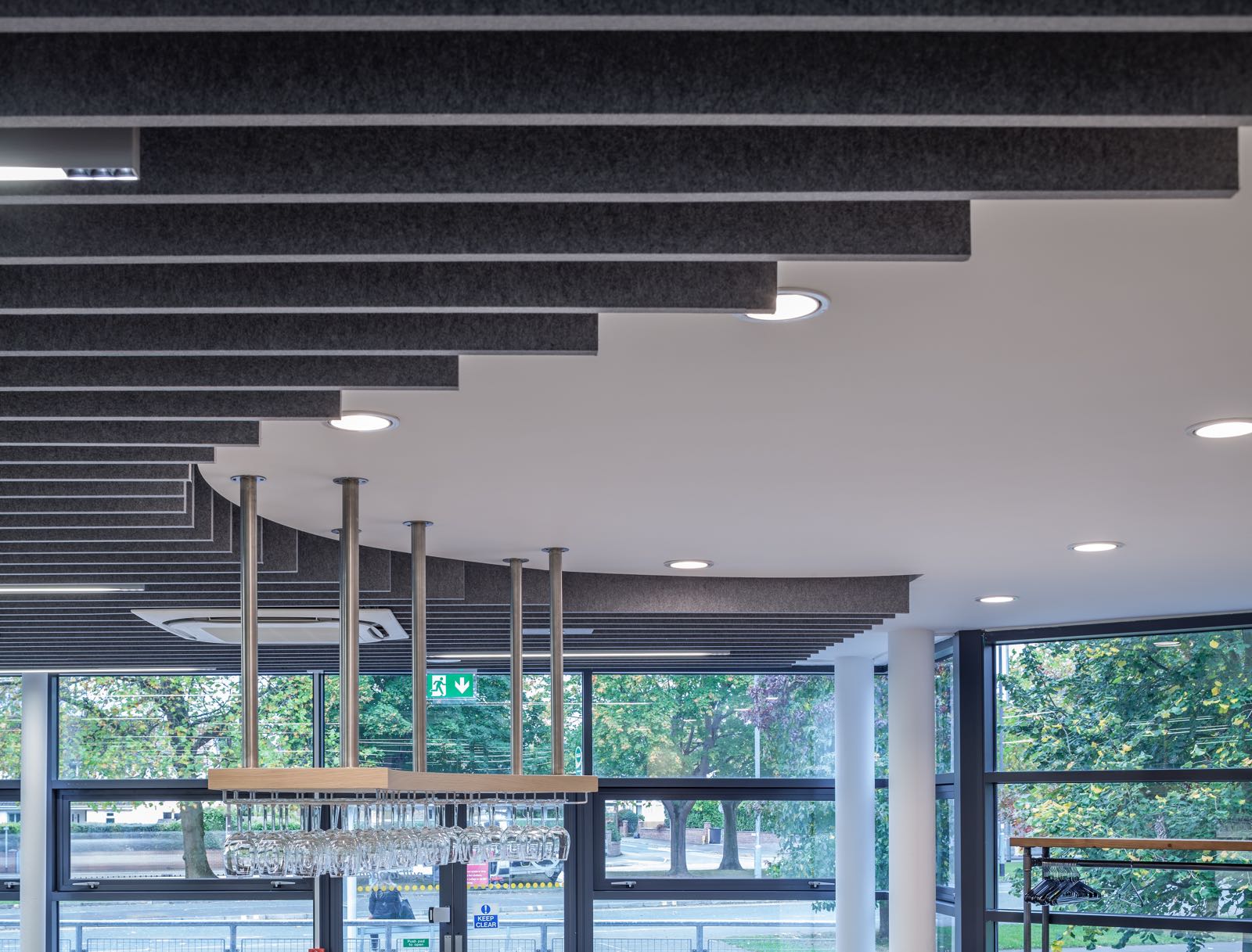 Acoustic Ceiling Baffles
Acoustic Ceiling Baffles 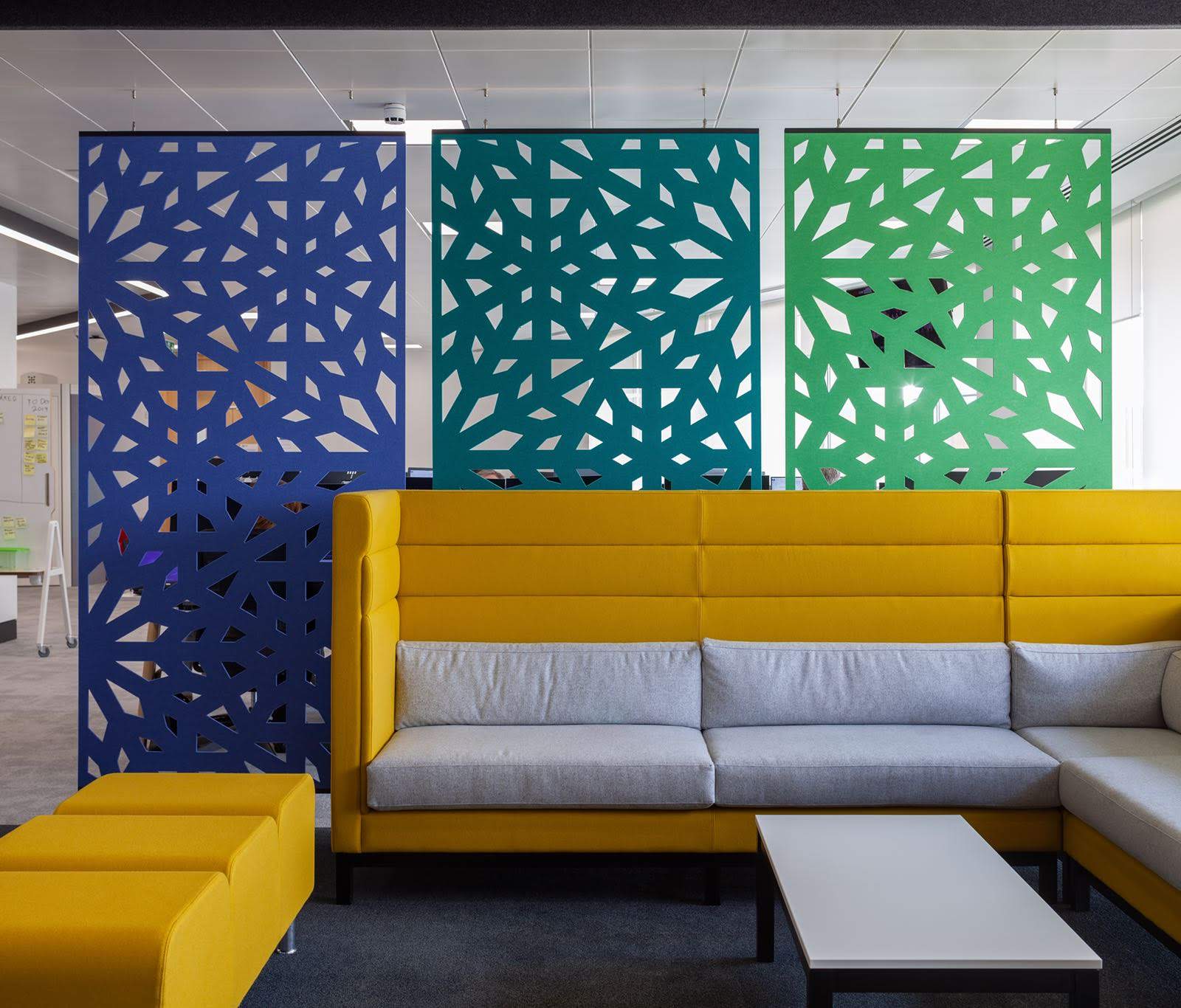 Acoustic Screens
Acoustic Screens  Acoustic Fabric
Acoustic Fabric 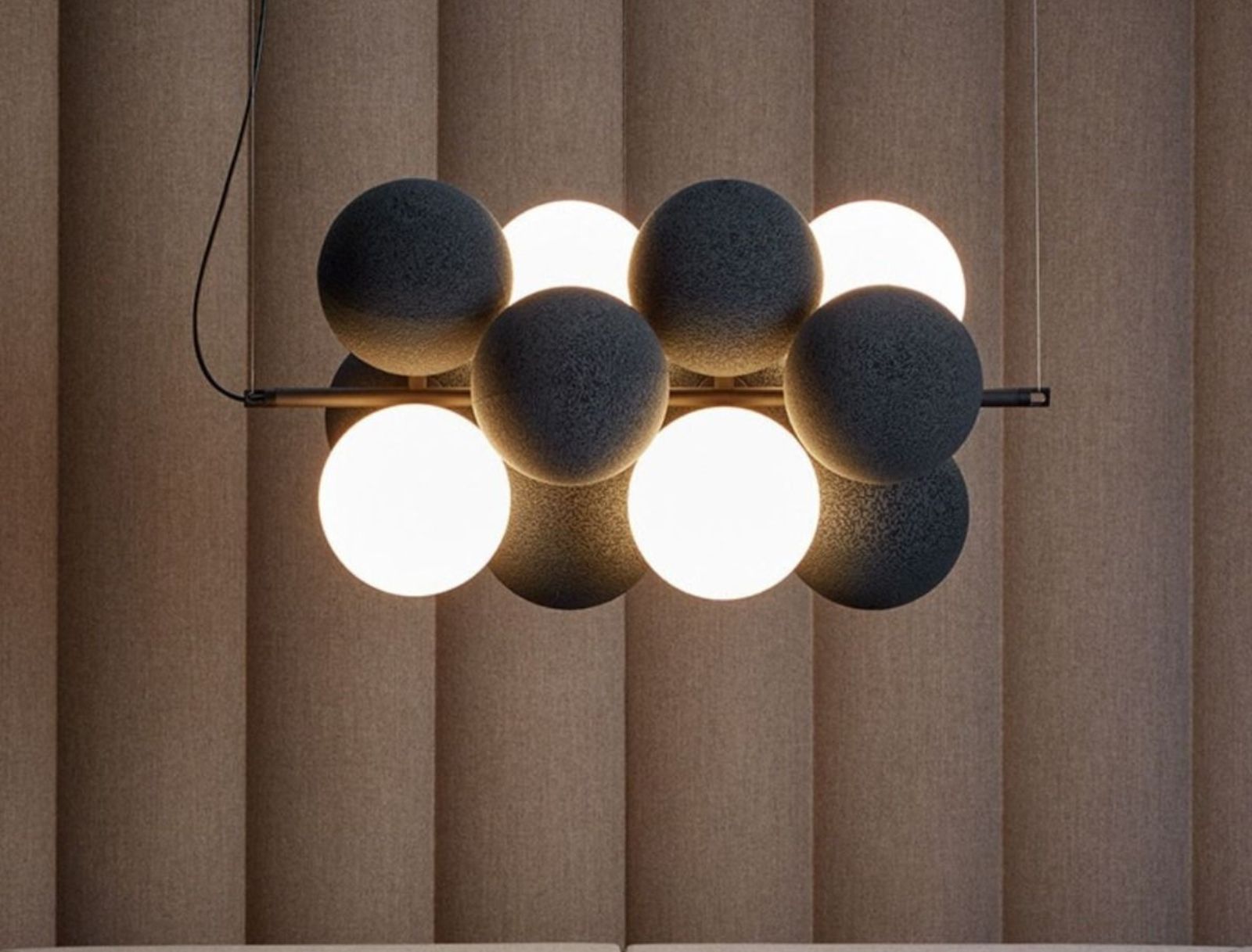 Acoustic Lighting
Acoustic Lighting 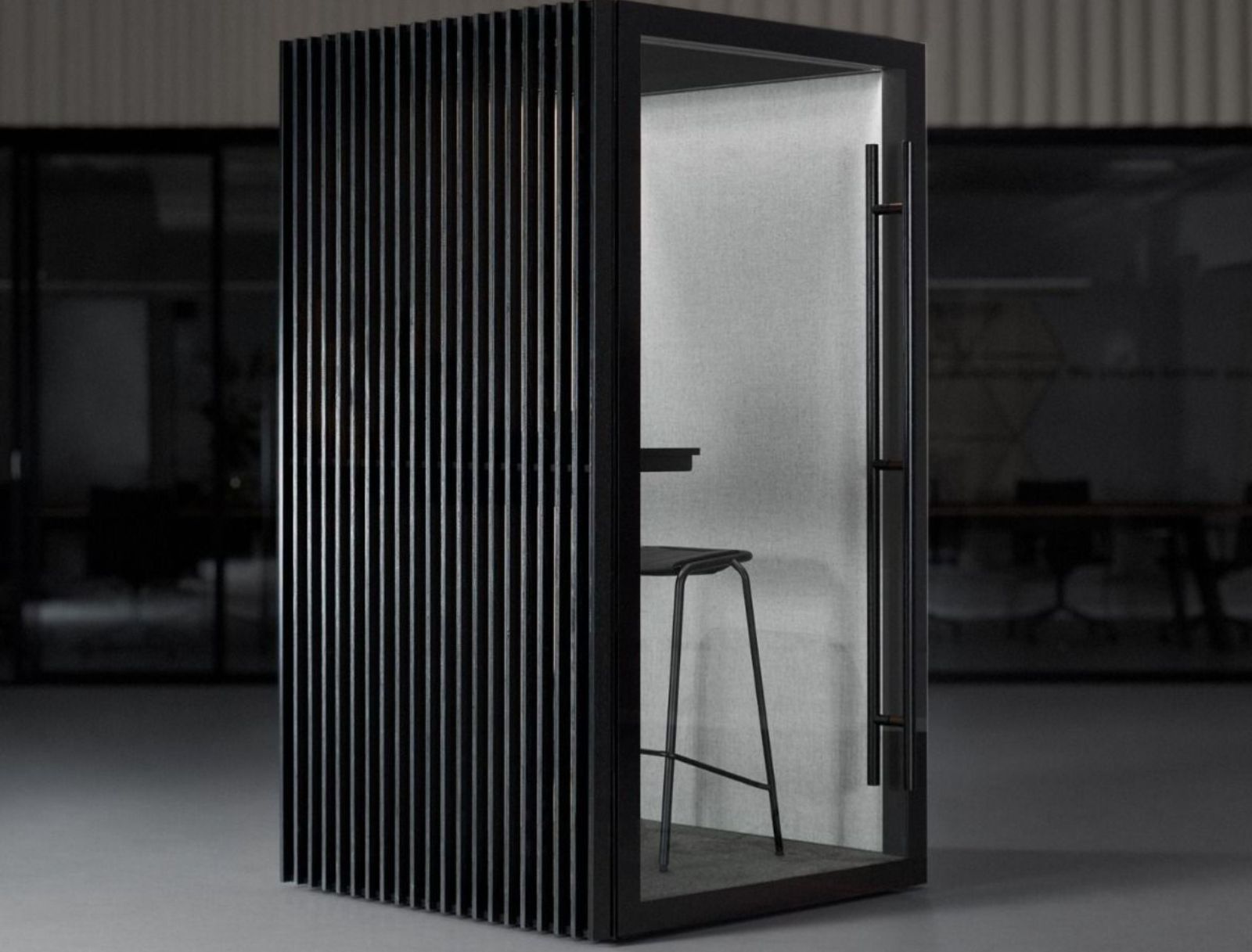 Acoustic Booths and Pods
Acoustic Booths and Pods 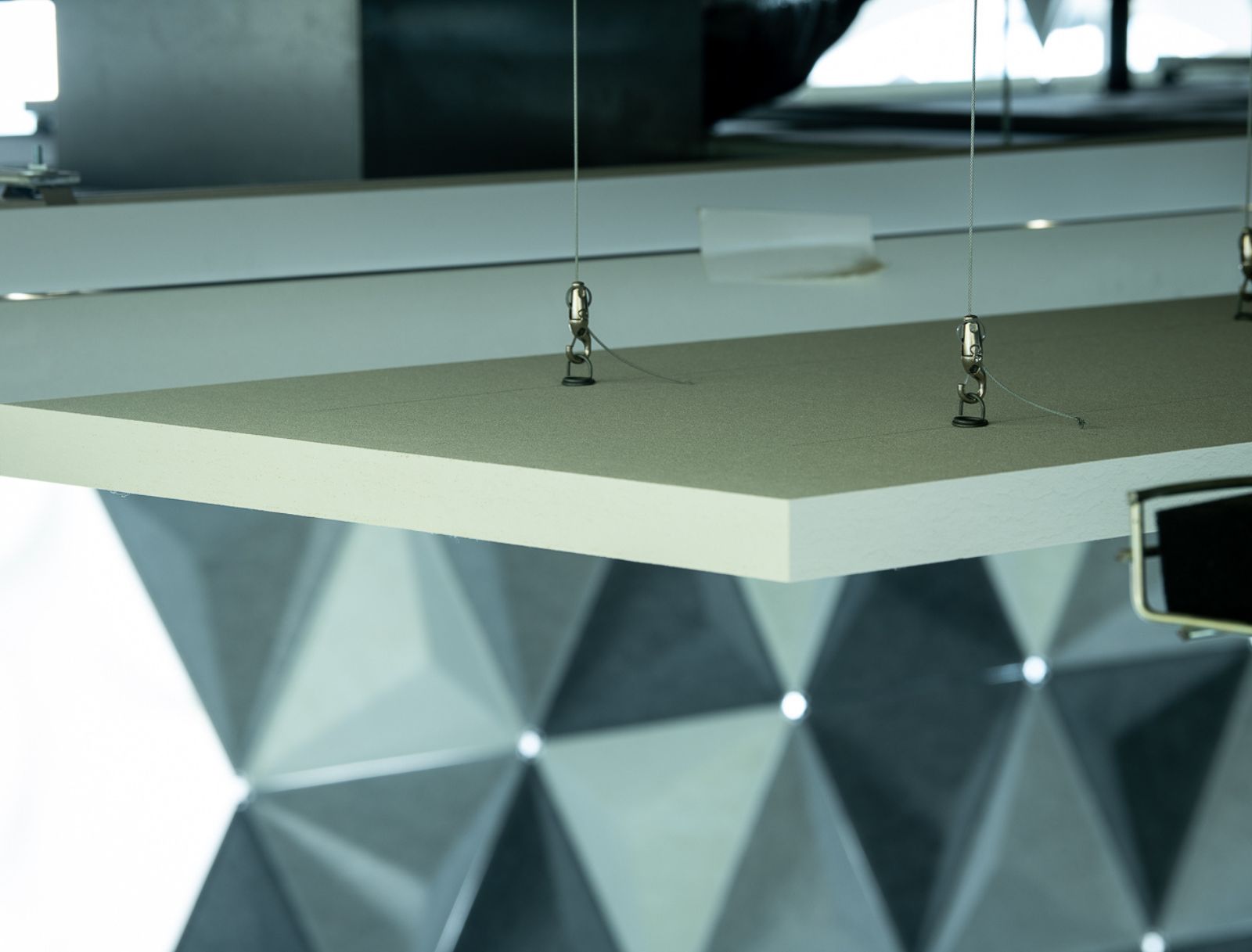 Acoustic Panel Accessories
Acoustic Panel Accessories 